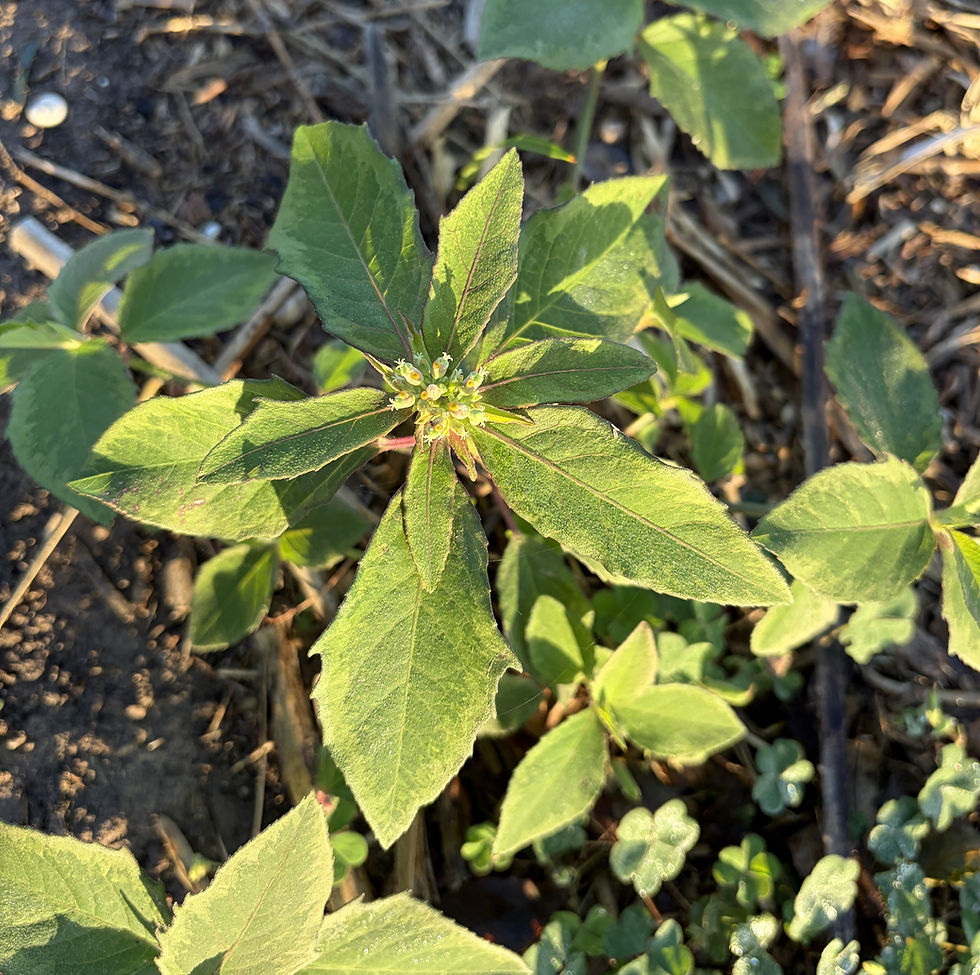Rio Grande ground squirrel enjoys fruits of the dunes
- jjvanm
- Jun 10, 2022
- 3 min read
Updated: Jun 12, 2022

Published June 4, 2022 in the McAllen Monitor
Story and photos by Anita Westervelt, Texas Master Naturalist
Participating in the annual City Nature Challenge is a fulfilling solitary venture. It is exceptionally fun when paired with another person who shares the same interests and goals. The event’s goal each year is to document as many native species as possible during a four-day period – one of those days being a beach day, of course!
Cameron County’s Isla Blanca Park, on South Padre Island, offers an abundance of species. The many parking lots allow for saving time between photographic opportunities. The lots themselves offer their own special diversity, and we always hope to see a Rio Grande ground squirrel (Ictidomys parvidens). Not that we always get a photo of the quick and illusive rodent. They scurry at speed and disappear without warning.
Teaming up allows one person to scout while the other slowly drives, ready to stop on signal. It was just such an instance when we were able to photograph the ground squirrel this year. It was nearing late afternoon when we spied the small creature feasting on wedgeleaf prairie clover (Dalea emarginata) at the edge of the parking lot curb.

We had stopped about 15 feet from the critter; the idling vehicle alerted it to flee. We waited, trying to see where it had gone, when there it was again, back at the clover. If it had not been so delectable a meal, the squirrel may not have kept coming back. We stayed our ground; I had the camera with telephoto lens at the ready.
It was intriguing to watch the tiny creature grasp a clover legume between its paws, sit upright on its haunches and gnaw on the pod like we might eat corn-on-the-cob. Wedgeleaf prairie clover is a sandy soil legume native to the Texas Gulf beaches and coastal dune grasslands.

Rio Grande ground squirrels populate southern and western Texas. They are less than 11 inches in length, their moderately bushy tail is about four and one-half inches long. Nine rows of squarish white spots are prominent on the back of their coat; their underparts are a whitish buff color. Males weigh less than three-quarters of a pound, nearly twice as much as the female.

The squirrels like our coastal sands. Midland Rio Grande ground squirrels like brushy or grassy areas, mesquite and cactus flats, golf courses, cemeteries, city parks and along highway rights-of-way. They prefer sandy or gravelly soils for digging burrows. Burrow entrances will be unmarked, without mounds of earth around them; a burrow can be one to several feet deep and may have an additional opening. There may be several burrows in its range, with one considered the homesite; the others are temporary refuges – which may explain how our subject kept disappearing and reappearing. Their home range is a radius of about 50 yards.
They are hunters and gatherers. In early spring, their diet consists mostly of green vegetation. They feed on mesquite leaves and beans, berries, Johnsongrass, seeds and cultivated grains. In early summer, about half their diet includes insects. They are active all year in south Texas and hibernate in the rest of their range.
Two upcoming open citizen science projects to participate in are via www.iNaturalist.org, a free and user friendly site to create an account and join the projects to help create useful data that help scientists understand when and where organisms occur.
· Pollinator Week 2022, is June 20 to 26. This pollinator bioblitz will be for recording observations in Cananda, Mexico and the United States, of bees, bats, butterflies, hover flies and hummingbirds. Join the project at the following link: https://www.inaturalist.org/projects/pollinator-week-2022-pollinator-bioblitz
· National Moth Week 2022, is July 23 to 31. This worldwide project is for recording observations of moths. Join it at this link: https://www.inaturalist.org/projects/national-moth-week-2022
For methods for finding moths, visit: https://nationalmothweek.org/finding-moths-2/
A bioblitz is a communal citizen-science effort to record as many species within a designated location and time period as possible. Read more about bioblitz at the following link:
Information from studies published by Texas Tech University and AgriLife Extension, Texas A&M were helpful in writing this article.





